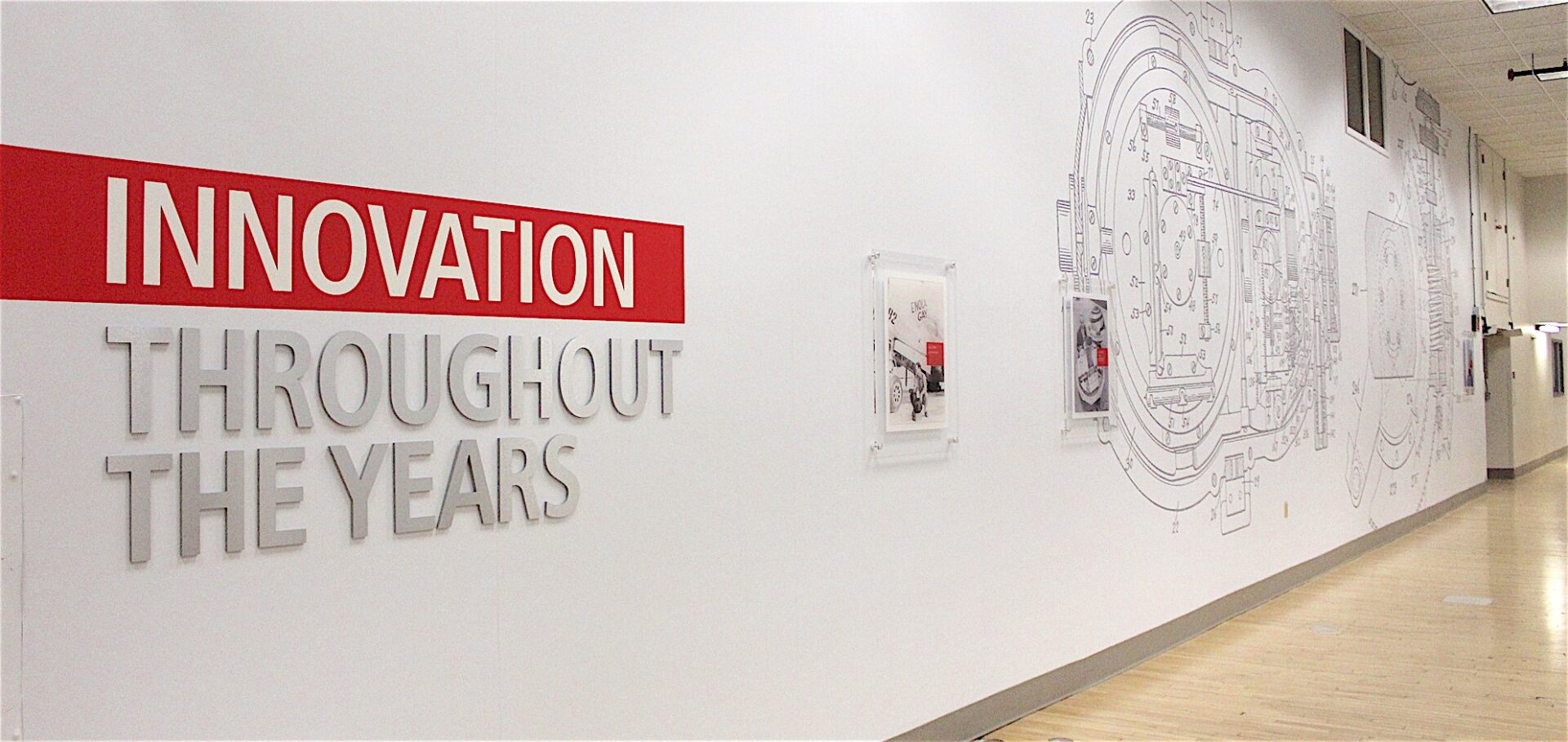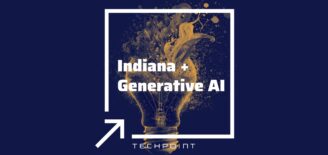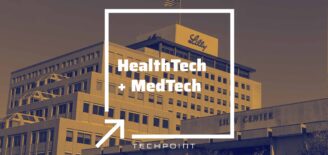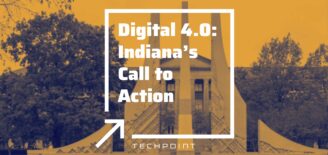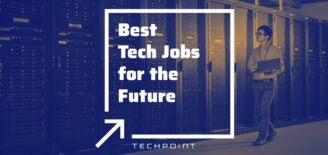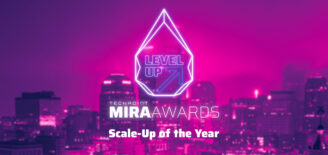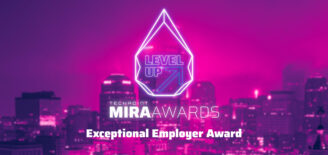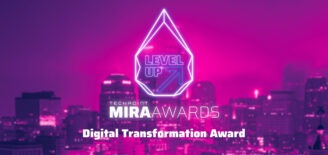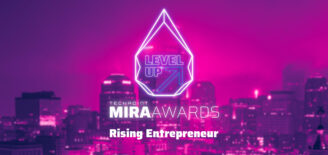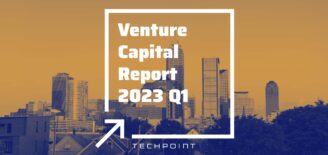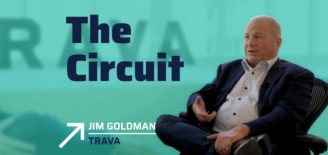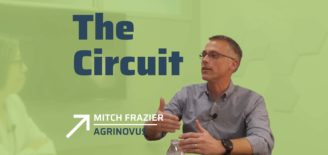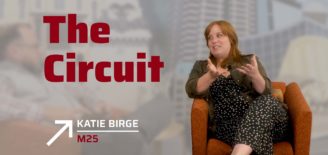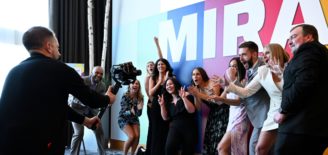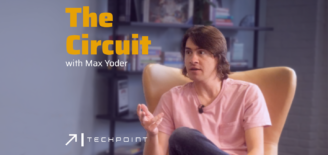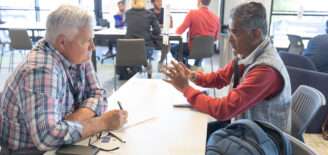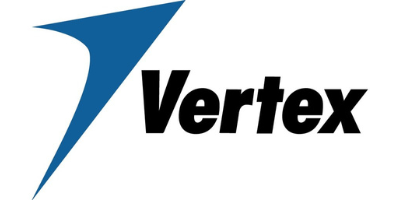Raytheon Indianapolis powers national defense with tech talent and innovation
Walk the halls of Raytheon Indianapolis on the near Eastside, and you’ll find yourself steeped in decades of American history. Within the company’s 1 million square foot facility, you’ll also discover that Raytheon has been transformed into a nimble and agile tech-enabled company, bolstered by the resources and support intrinsic to one of the largest defense contractors in the world.
Raytheon brings Silicon Valley techniques to national defense
Headquartered in Waltham, Mass., Raytheon is an international aerospace and defense contractor with about 67,000 employees situated in locations around the globe. Recently ranked within the top 125 companies on the Fortune 500 list (its 65th year on the list) with $27 billion in revenue, the company is structured into five businesses that serve a wide variety of government and commercial customers. The businesses
The Raytheon Indianapolis presence supports each of those businesses, with particular focus on IIS. The company took over the former naval avionics building, an Indy fixture since the Second World War, in 1996 and transformed it into an engineering and manufacturing center of excellence. The site has experienced much growth and change since Raytheon’s arrival, with more than 950 staff members supporting a variety of technical, manufacturing, and operational activities.
For engineers accustomed to the “move fast and break things” ethos of Silicon Valley, it may be surprising to learn that a defense contractor has embraced the kinds of development styles and tools of the trade that the Valley epitomizes: Agile and DevOps software development and Scrum product ownership are now part and parcel of Raytheon Indianapolis’ work. “Our Agile and DevOps transformation has been all about rapidly driving capabilities into the field so our customers can respond to the changing threat landscape, and stay ahead of that threat,” said Kate Maxwell, Indianapolis Engineering Lead.
Sam Sauers, a systems engineer, and her team spearheaded one of the latest DevOps transformations while they worked on the Air Soldier system, which includes software suites used by helicopter teams in the U.S. Army. “I came in, and Air Soldier was already a mature Agile program, crafted by those before me,” she said. “So we started taking the next step toward DevOps transformation.”
Paired programming and pipeline development—terms you’d expect to hear in a new tech startup more than a global company with tens of thousands of employees—helped Sam’s team complete projects quickly and accurately. “We’ve also been implementing user-centered design, which is more of a Silicon Valley technique: getting ahead of the users and figuring out the next thing they’re going to need,” said Sam. “We then develop towards that rather than getting something out there and getting feedback that it wasn’t what they wanted.”
History and innovation meet to birth Mira-level success
Within the history adorning the walls of Raytheon Indianapolis are the touches of modernization that enable the incredible engineering and manufacturing operations taking place in its facility. The company’s Indy location is the only IIS facility capable of running the full manufacturing pipeline: from concept to completion, Raytheon Indianapolis can rapidly design, produce, and deliver any part a customer may need within a matter of days. Alongside manufacturing parts to refurbish electronic systems and military vehicles, Raytheon is also producing next-gen technology like augmented reality helmet displays that allow helicopter pilots to safely navigate extreme weather and difficult terrain, and virtual reality training capabilities to prepare our nation’s deployed aircraft pilots and maintainers.







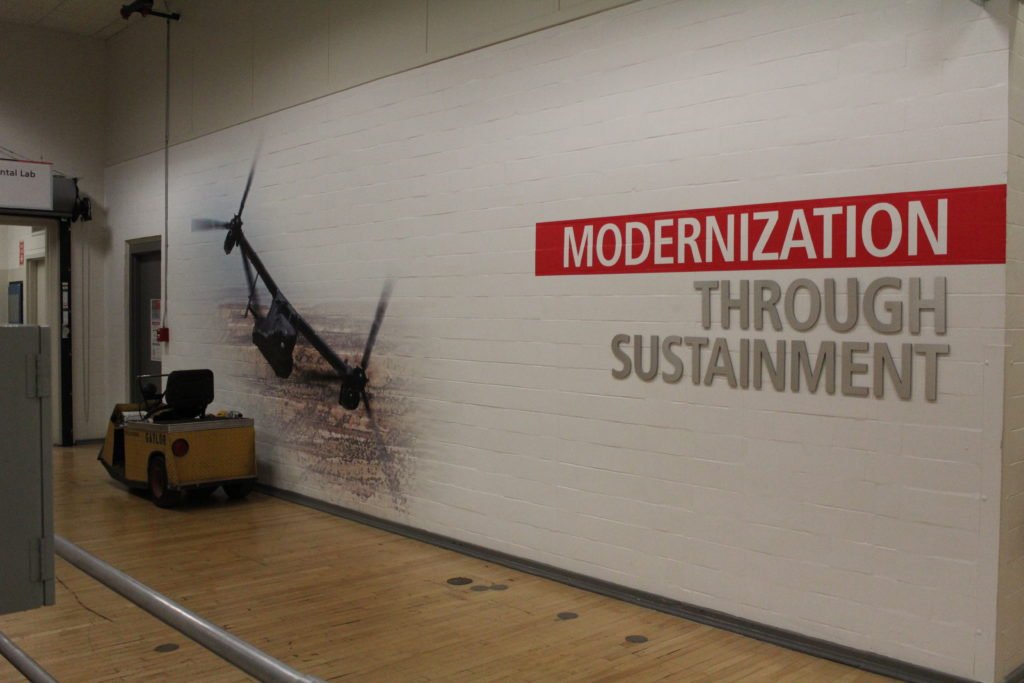
Being so attuned to customer needs enabled Raytheon Indianapolis to raise its local profile in a big way earlier this year. The company took home the Tech Service of the Year Mira Award for its advancements in topography optimization, an advanced design technique that iteratively produces optimized organic structures for 3D printing and manufacturing purposes. The results are incredibly strong and lightweight parts, which save customers money and resources while maximizing part and platform durability. This capability has profound implications for spaceflight in particular, where the cost per pound to send objects into orbit is astronomically high.
Raytheon’s Mira Award win showcased a tech service that can extend into areas beyond defense products as well. “There are so many applications—think about all of the commercial companies building parts and standing up product lines. We can help them produce optimized products that are better, lighter, cheaper; and we can do it under rapid timescales,” said Kate. “This is a technology service that industries want and need as they look to reduce cost and increase efficiencies. That was one of the drivers for us putting forward Topography Optimization for the Mira Award: it is incredibly innovative and can make a real difference in a lot of different domains.”
Teams throughout Raytheon were thrilled by the win. The day after celebrating at the Mira Awards gala, Kate’s team sent the story
Raytheon skills-up new and experienced talent with lifelong skills
Raytheon expends considerable time and resources in ensuring employees can operate at their best levels. If you’re looking to go back to school for an advanced degree to support your job requirements, Raytheon will pay for it. Employee Resource Groups are popular self-selected options and include groups for women, LGBTQ+ employees, minorities, employees with disabilities, and young professionals.
Sam is a member of the company’s Young Employee Success Network (YESNET), which connects young professionals at Raytheon. After finishing her degree at Purdue, she moved to Indy and was looking for new people to meet. YESNET helped get her involved immediately. “We started getting a good following of employees that were coming to meetings and looking for the same thing I was: something to add to the work experience, maybe something outside of work. You start to meet people you can eat lunch with and things like that.”
These types of interactions have shown Sam what inspires her fellow employees at Raytheon. “I think at the end of the day, everybody here has that passion and that drive,” she said. “It inherently gives you more passion and more drive to keep pushing forward in the same direction. You want to succeed because you want the guys next to you to succeed. It’s a good metaphor for who we’re serving as well.”
Raytheon deploys an impressive amount of tools and resources critical to national defense. For Kate, people who are attuned to that need and who are eager and willing to work for something greater than themselves will do well at the

